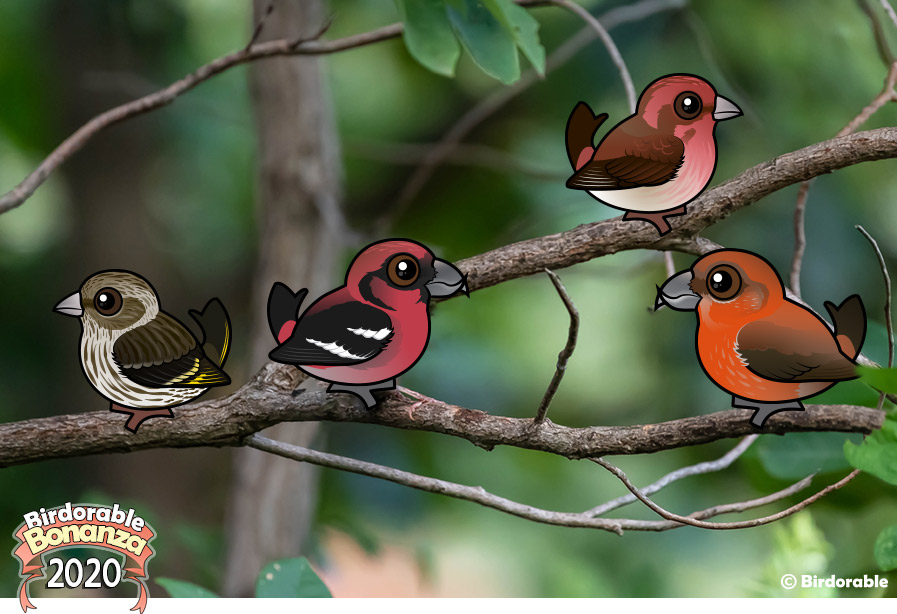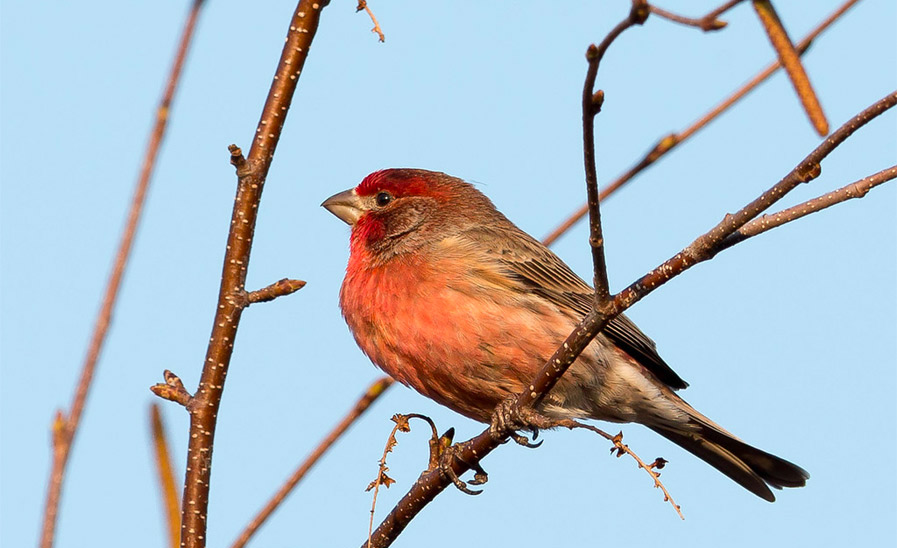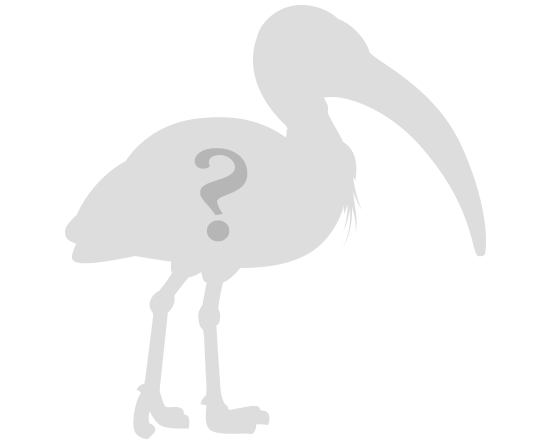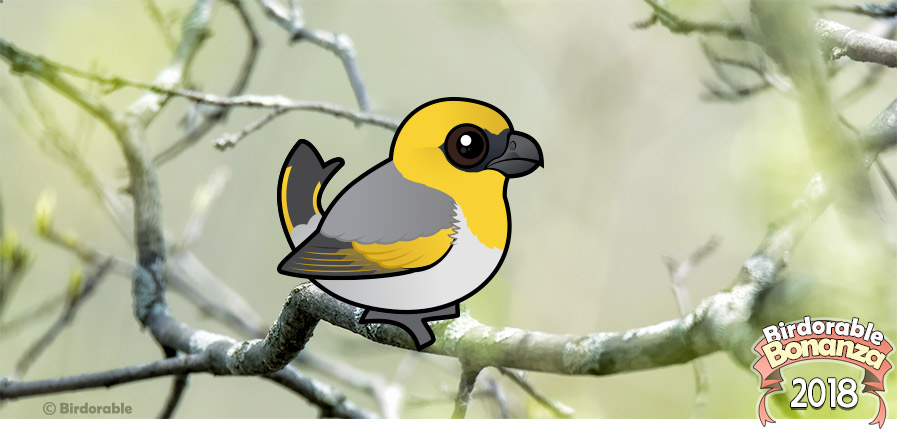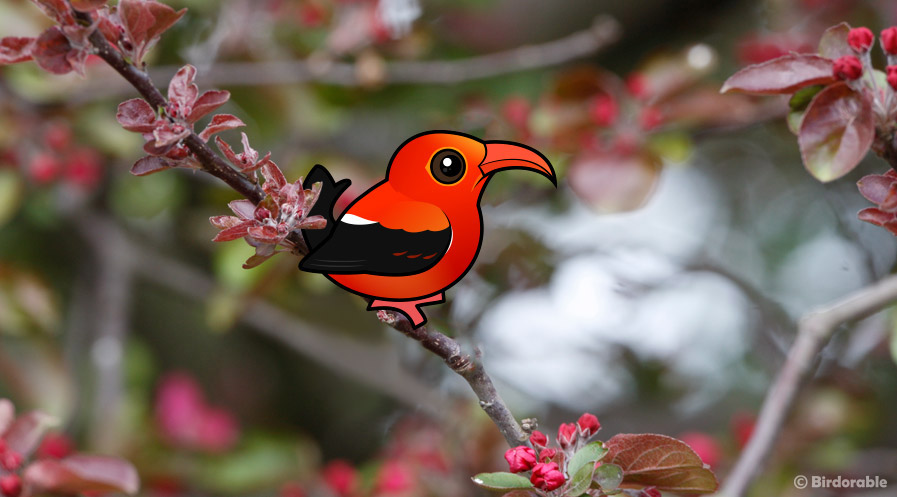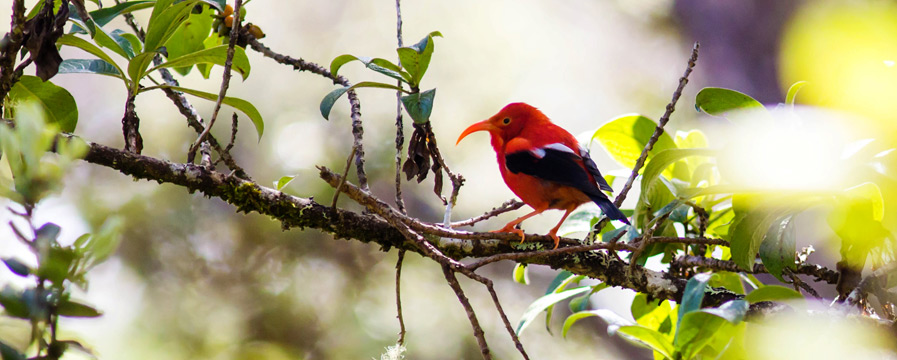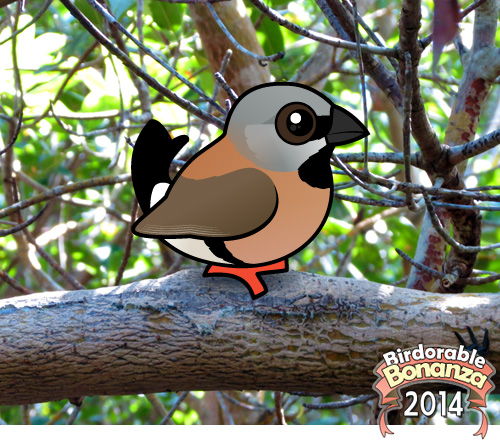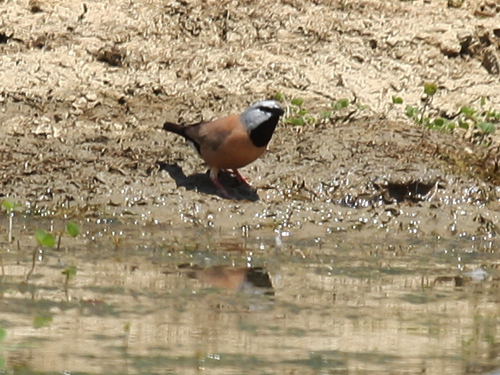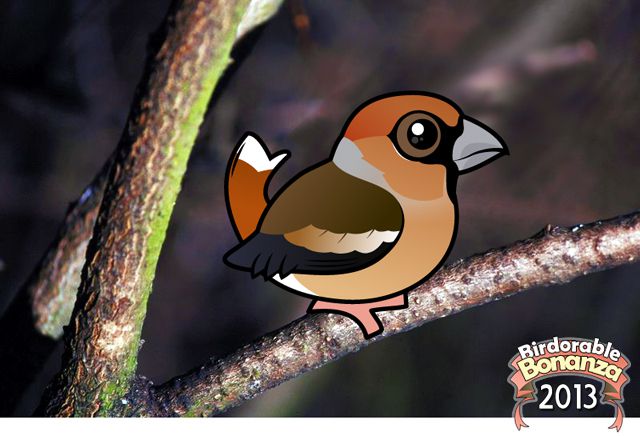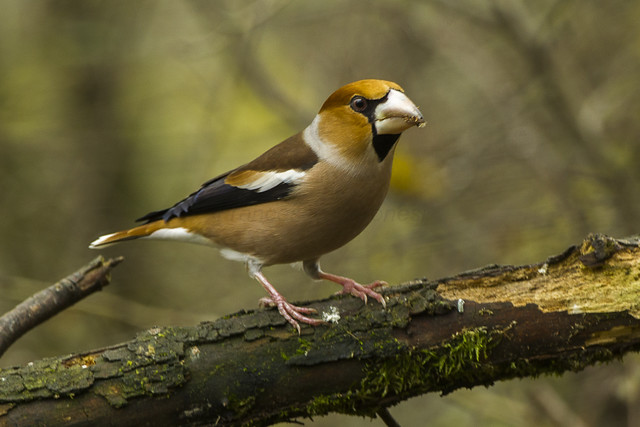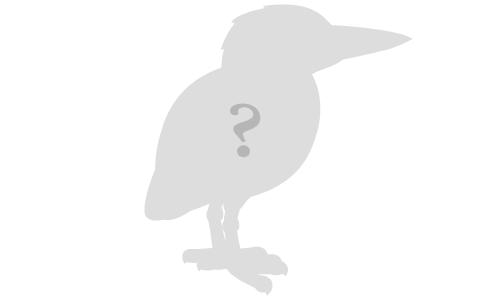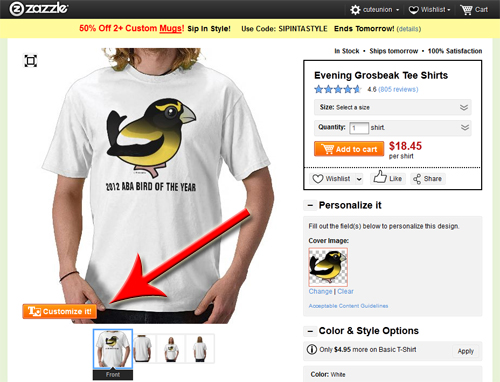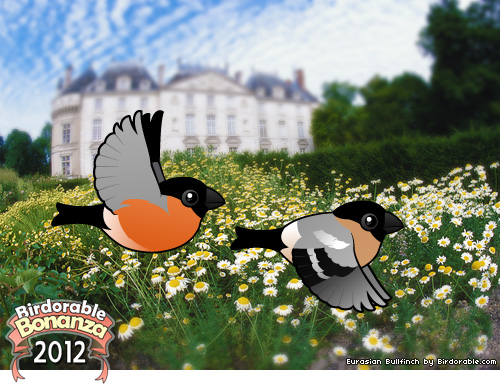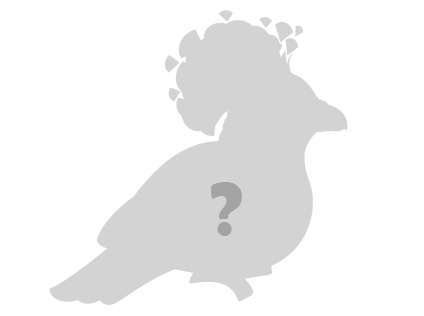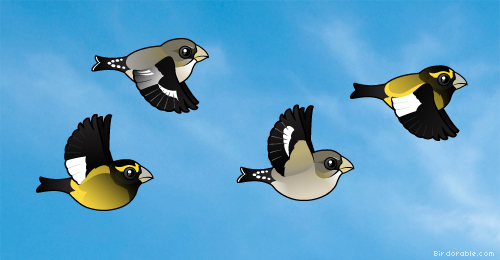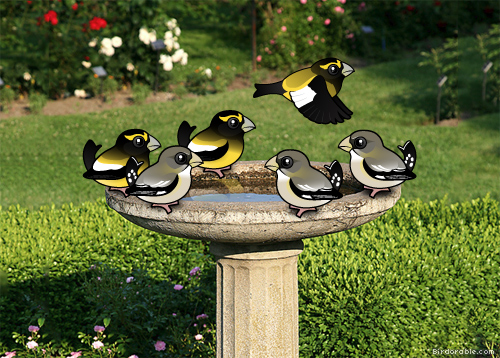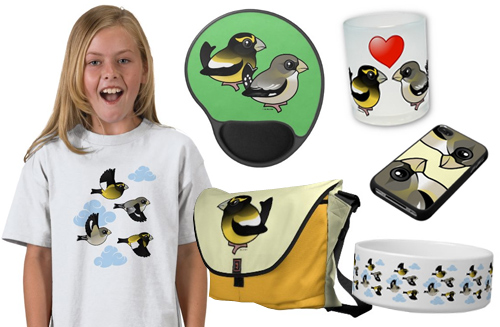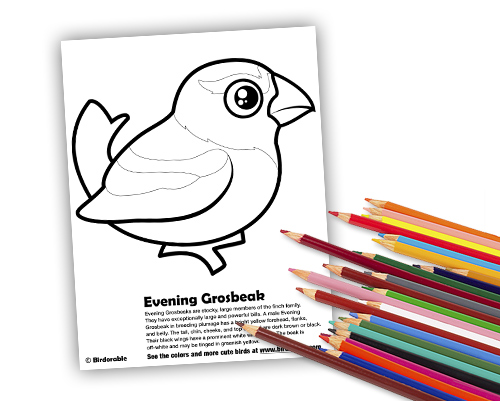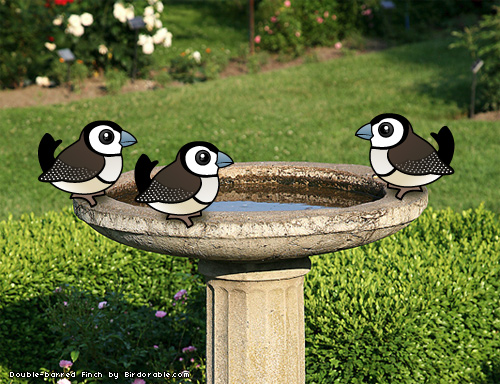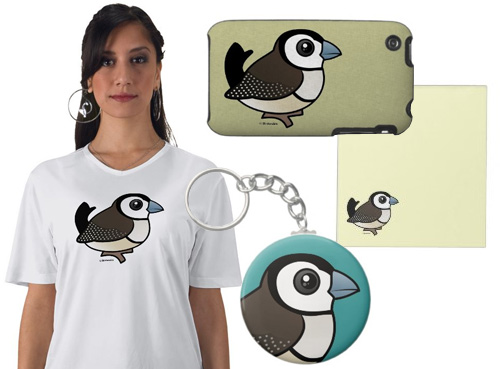2022 Bonanza Bird #7
A Closer Look at the African Firefinch: Sub-Saharan Africa's Finchy Jewel
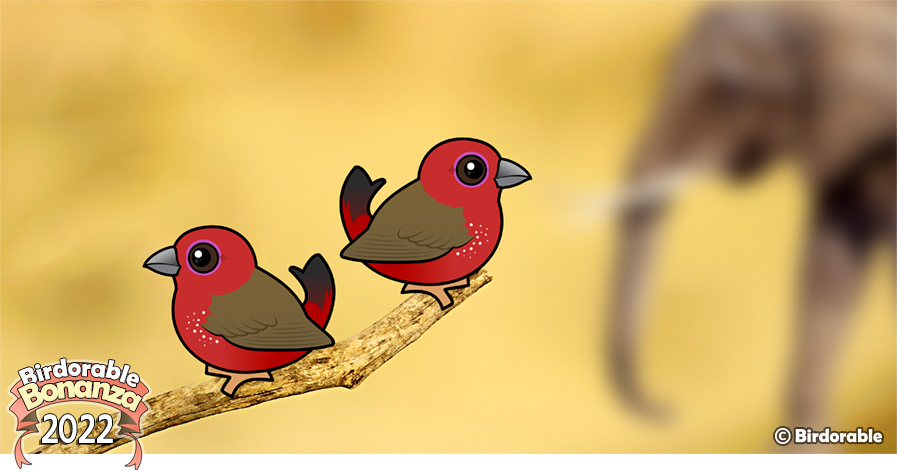
Today, we're delighted to introduce a new addition to our collection: the African Firefinch, a species of finch that boasts a widespread presence across the diverse habitats of sub-Saharan Africa. This charming bird is a wonderful example of the rich avian biodiversity found in this region.
The African Firefinch is known for its striking coloration, which makes it a favorite among bird enthusiasts. It comes in various subspecies, each with its own unique shade and intensity of colors. Generally, all subspecies share common color patterns, with lovely reddish underparts that provide a stark contrast to their olive-brown upperparts. However, the exact shade of red and the balance between the red and olive-brown hues can differ significantly among the subspecies.
One of the most notable features of the African Firefinch is the distinctive white spots that males of the species display on their flanks. These spots add an extra layer of beauty to their appearance and are one of the key identifiers for distinguishing males from females in the species.
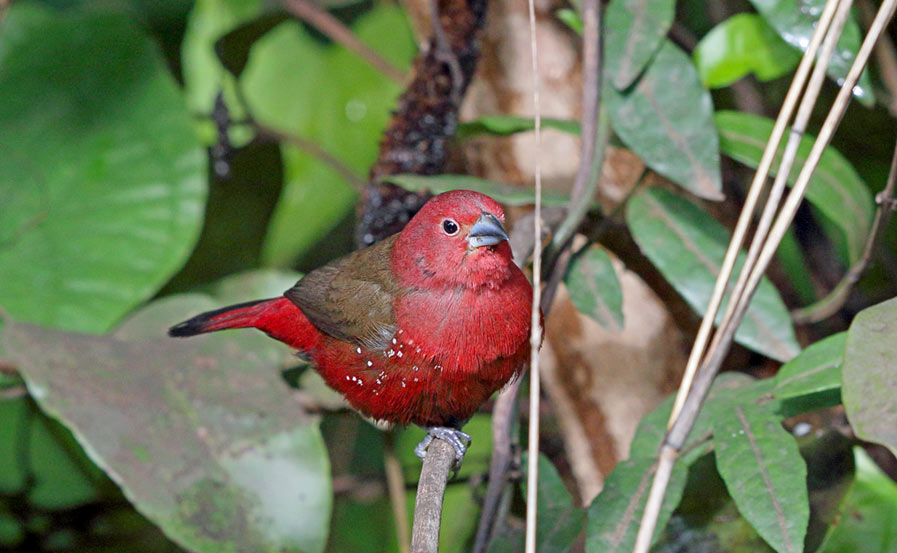
Find African Firefiinch gifts on Amazon, including this Birdorable African Firefinch Raglan Tee.
Tomorrow we'll add an endangered species of spoonbill to Birdorable. Can you guess which of the 6 species of spoonbill will join the flock?



